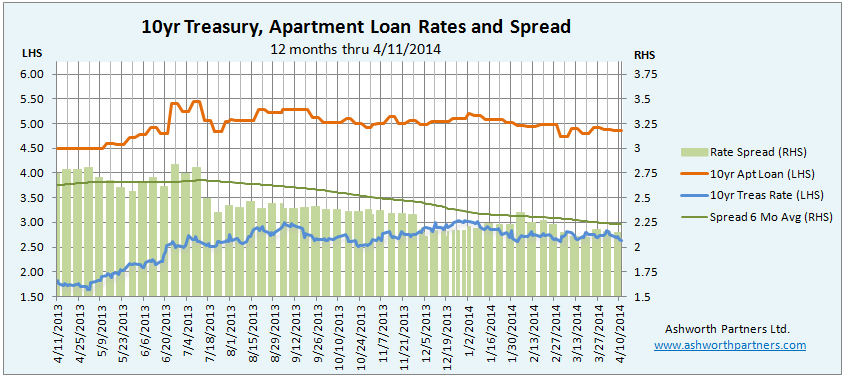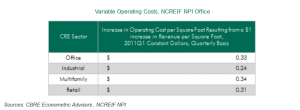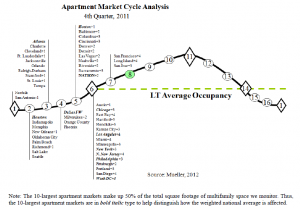Duke is one of the top thought leaders on how commercial real estate (CRE) and online social networking should work together… and where they don’t. HE posted this on his blog 10 Real World Examples of How I Built My Commercial Real Estate Network and in an ironically karmic sort of way I just saw it on Klout’s homepage today. It is so good and to the point in true Duke style that it would be a great guest post. I believe these steps work online and off, in CRE or any other industry so take it away Duke:

1.What are the relevant commercial real estate communities of interest? What are the needs wants of the participants within these communities?
I started simply looking for the groups and associations that I already had and affiliation with. My state commercial board. NAR because I had already made several connections over the years. CCIM,SIOR,IREM,BOMA etc. Why connect? Hell, why go to the meetings and get on the conference calls, why volunteer? I needed build and cultivate a network. Online connection was a revelation. I would listen learn and ask simple questions. The needs and wants were pretty obvious.People wanted to connect to make deals. But then something interesting started to happen.Human interaction.
2.Participate where your presence is advantageous and mandatory, don’t just participate anywhere and everywhere or solely in your own domains (Facebook,LinkedIN, Twitter conversations related to your brand, etc.)
Seems pretty obvious does it not? Let me give you and example. I do everything in my power to eliminate and and all feeds emails discussions and spam from lenders. You say What? We need that lender connection. Not me. All and I mean all they do is spam and pitch. How does this help me or my clients. You would think lenders pitching brokers is a natural fit. Wrong. Go find the client before they get to me and leave me the hell alone. The “we only are taking clients in the 30-75 mil bracket ” pitch is total bullshit. So, your are in commercial real estate who and where should you be ? Start-ups, Logistics Companies, Medical Associations,Industrial Data Centers…let your brain flow.Maybe some other brokers also they need to know what your stuff is but not in a spammy way!
3. Determine the identity, character, and personality of your Continue reading The 10 Commandments of Network Building by Duke Long







